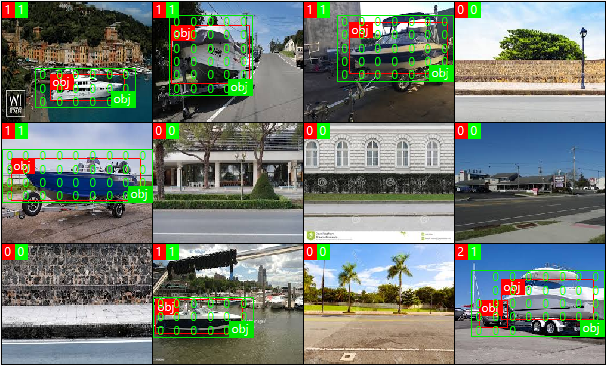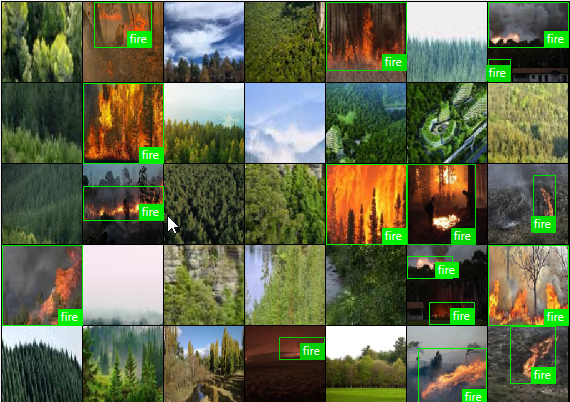|
|
|||
Convolutional Neural Network for Computer VisionConvolutional Neural Network (CNN) is a very powerful image classification modeling techniques. It can classify objects in images. As in the following figure, a CMSR CNN model consists of a number of streams and final fully connected layers. The number of streams is normally one. Advanced models can have multiple streams. A stream is a sequence of convolutional layers and pooling layers, normally pairs of convolutional and pooling layers. Final fully connected layers are made up with three layers: a merge layer, a fully connected ANN (Artificial Neural Network) layer and an output layer which is another ANN layer. Input is an image data. Give an image data, CNN network classify into class labels.
Accuracy of models are mainly determined by the following factors;
The first step of CNN modeling is configuring network and creation of a network based on configuration. Next step is training of the created network. Network training is an iterative process that involves verification using test datasets. You can train network using various compatible datasets and verify. Convolutional Neural Network LayersConvolutional neural network consists of the following layers;
Network Creation and ConfigurationThe first step of CNN is to configure network and create a network based on configuration. Once created configuration cannot be changed. Only training will be possible. Configuration will differ based on layer types such as convolution, pooling, merge, fully connected and output layers. Network TrainingNetwork training is an iterative process. You can train a network model using various datasets and verify. After training, you can save models. And later reopen it and start training again, using the same or different compatible datasets. Compatible datasets are having same width, height, color system and classification labels. All training dataset classification label names must exist in model's configuration datasets, thus, models classification label names. Applying Model to DatasetsModels can be applied to a dataset to classify images in the dataset. This classification can be viewed from image dataset browser. Select image size of 128 or bigger, then you will be able to see original label as well as predicted label. In addition, place the cursor to an image, then hover will appear showing classification information. To apply a model to a dataset, open both of them. Make the model as the front. Then press the "Apply model to Dataset" button. Select the dataset and model version. Once applied, resulting classification can be viewed from image dataset browser. Note that maximum one classification is applicable to each dataset. When a model is applied again, previous classification will be replaced new classification. Exporting Network for Embedded ApplicationsOnce fully trained, you can generate program source codes in Java and C/C++. It's fully independent program codes that do not require additional libraries. It only uses standard math libraries which is always included in target systems. This feature is designed for embedded application developers. Just copy it and paste into your applications. Note that Java codes may include a bunch of class definitions. This is because Java limits the number of literal values for each class. So CMSR generates a bunch of classes. From your main program, just call "modelname.execute(, , , )". Skin Cancer Detection by Neural NetworkA large number of people suffer from skin cancer. Advanced powerful neural network models can detect skin cancer. For more, visit CMSR Powered Check Skin Cancer website. Convolutional Neural Network for Object DetectionObject Detection Convolutional Neural Network is a special deep learning modeling designed to detect objects in images. The following figure shows Object Detection CNN in action. Red boxes are ground objects. Green boxes are detected objects by a CMSR OD-CNN model. Numbers in green shows object class indices. The model shows high accuracy!
Wildfire/Bushfire Detection by Machine LearningWildfires (aka bushfires in Australia) can occur naturally by lightening strikes. Sometimes caused by arson or human activities. Wildfires can destroy homes, kill people and natural habitats, destroy infrastructure, and pollute air. The following images show fire detection examples. This ML Deep Learning model was developed using OD-CNN (Object Detection - Convolutional Neural Network) of CMSR Machine Learning Studio. Green boxes are detected fire areas. As seen in these examples, CMSR OD-CNN can accurately detect fires.
For more information, please read Wildfire detection by Machine Learning. |
|||



